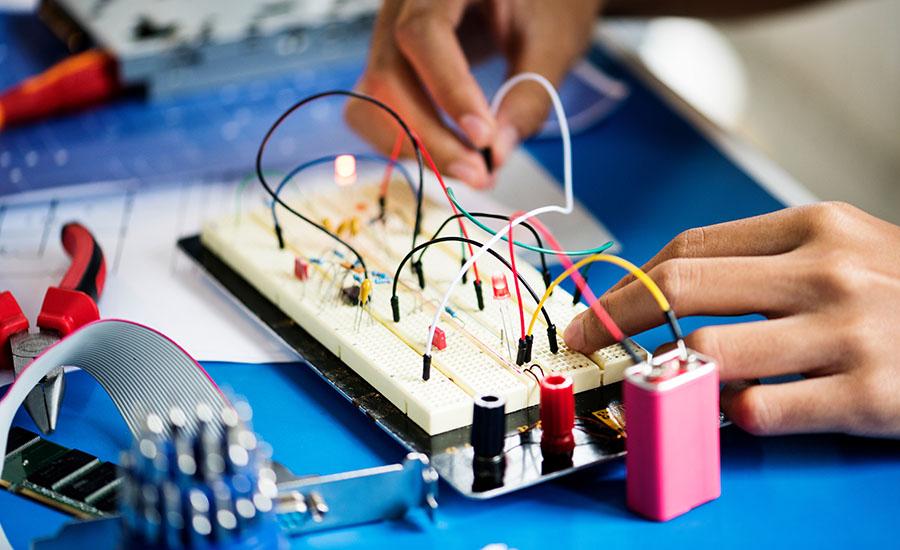
“Don’t Lose the Light”- a Hands-on Approach to Exponential Decay
This hands-on lesson helps students understand exponential functions by using an LED circuit. LED luminosity decreases at an exponential rate as more are added in series.
As students add more lights to the circuit, they will see the brightness of the lights dim and by measuring luminosity with a simple cell phone app, the students can actually chart the decrease in luminosity and find a trend line.
Lesson Plan Link/URL
https://docs.google.com/presentation/d/1-Nl3KyBQN4GFVK0uHkkhL3b9Q1fgGm9z/edit?u…Subject Area
Science Physical Science P4: Energy Transfer Technology 4. Innovative Designer Engineering S2: Apply the Engineering Design Process S3: Apply Mathematics to Engineering S4: Apply Science to Engineering S5: Apply Technology to Engineering Mathematics Measurement and Data (MD) Algebra (A) Reasoning with Functions and Relations (RFR)Related Content

In this lesson students learn about the simple machine screw, specifically the Archimedes Screw, and engineer a device that can lift a marble.

In this lesson, students use the Kepler’s Laws PhET Simulation to collect data on the period and average radius of the planetary orbits. They graph and analyze that data to derive Kepler’s 3rd Law.

A Shocking Dystopia: STEM Adventures in The City of Ember Part 4 of 4: Where the River Goes
This lesson is PART 4 of a four-lesson unit, which focuses on futures thinking, the phenomenon of electricity, closed-system agriculture, and water as a renewable energy resource. “The City of Ember”